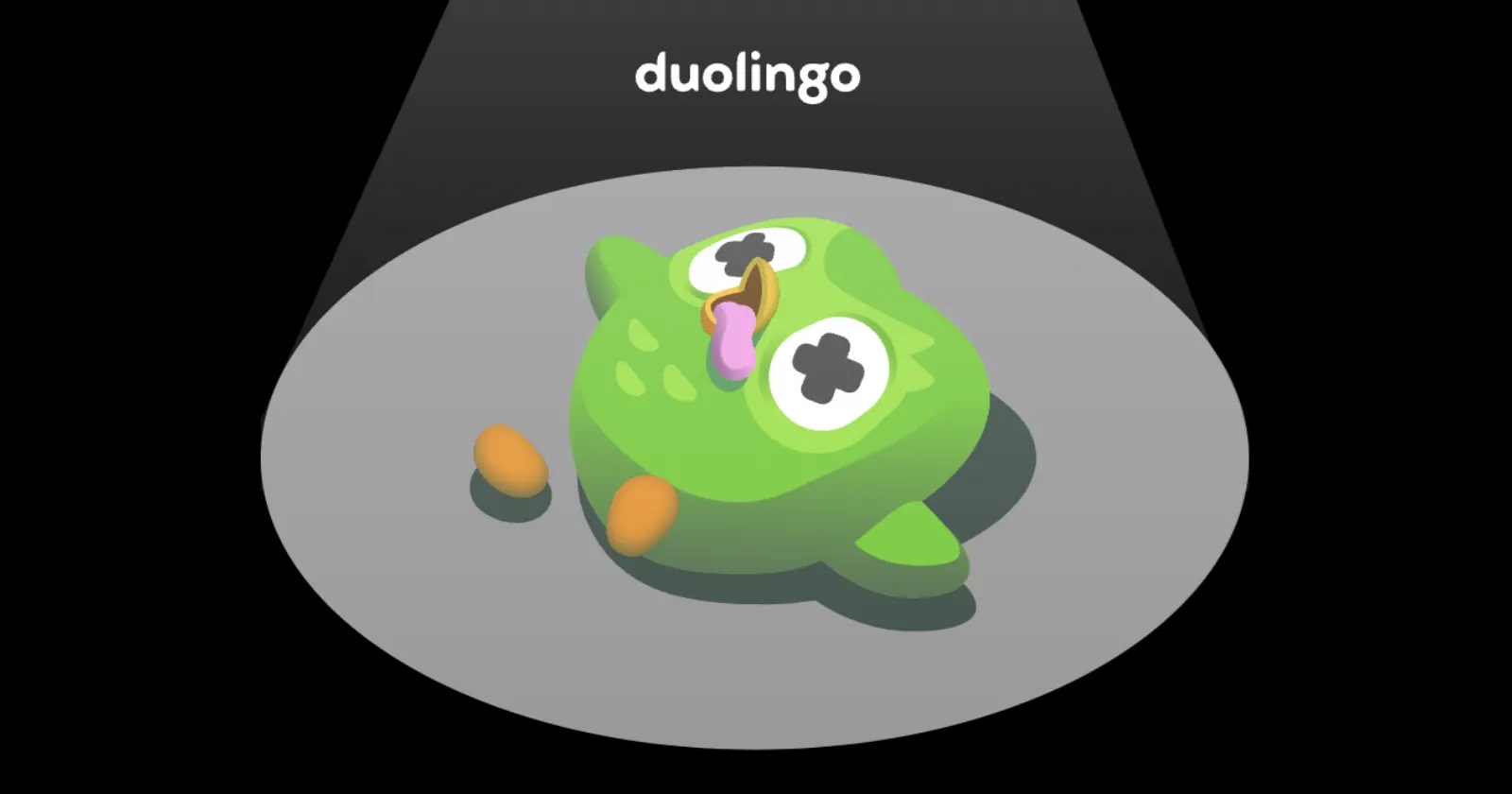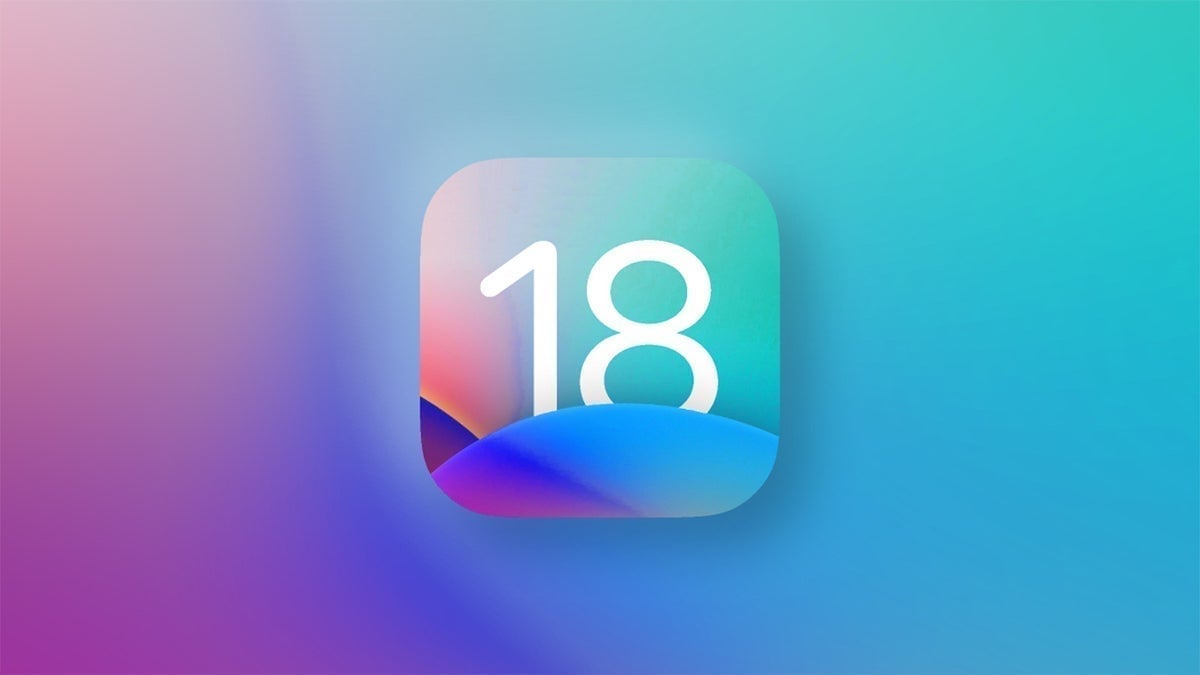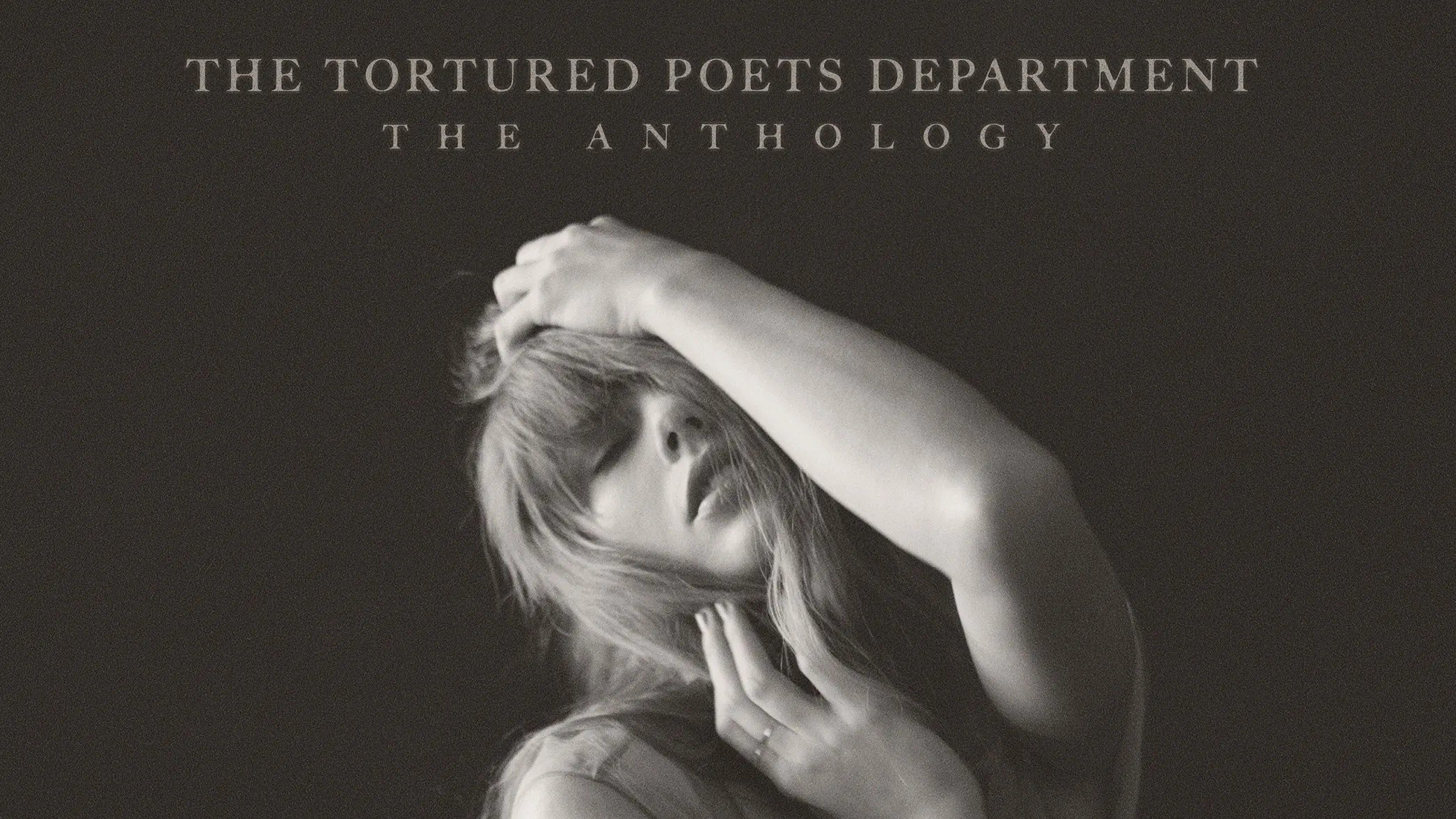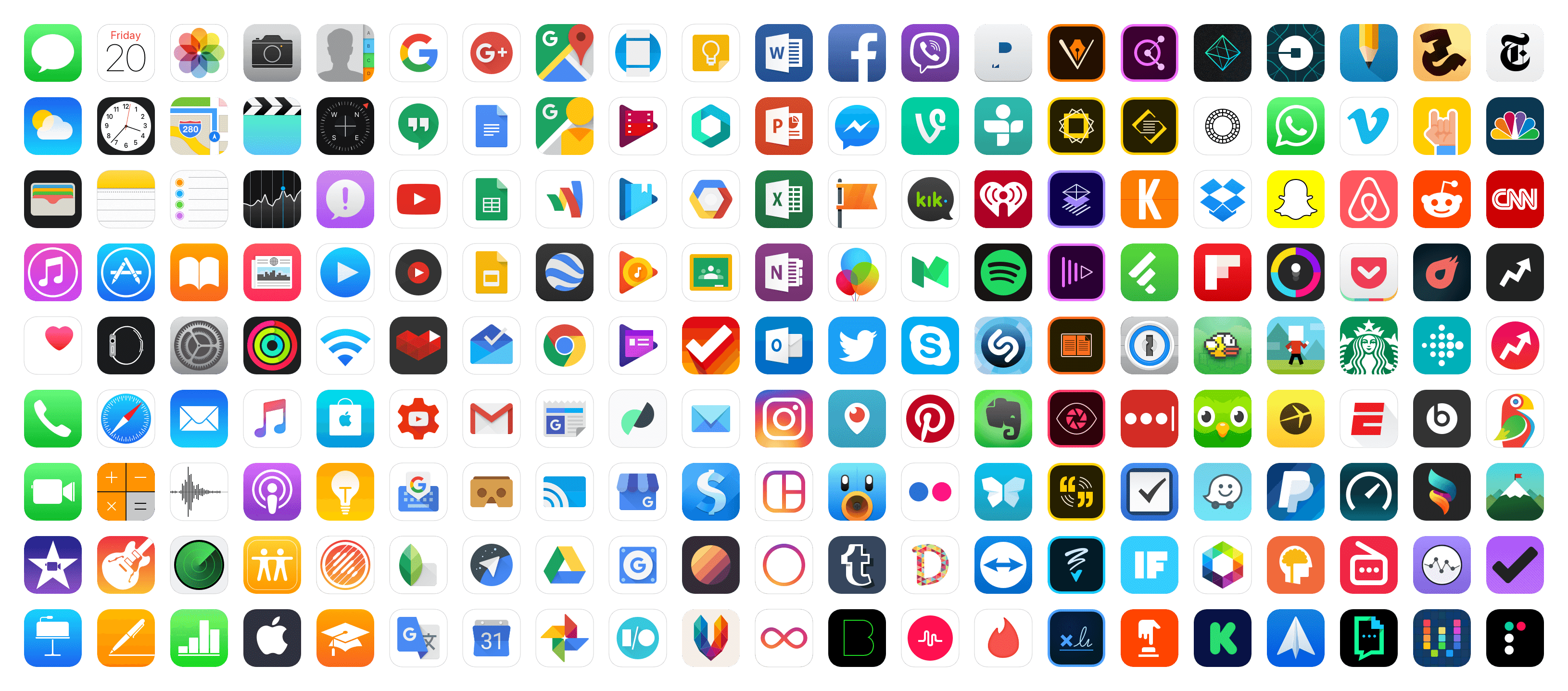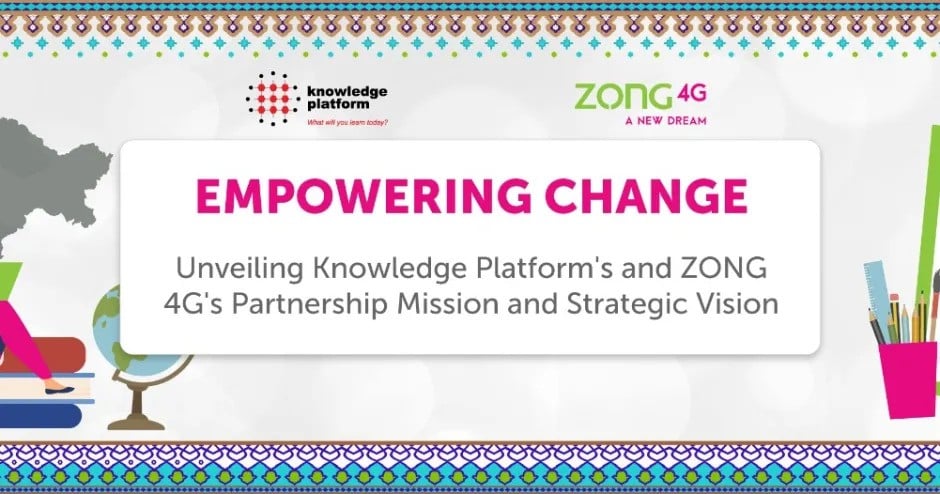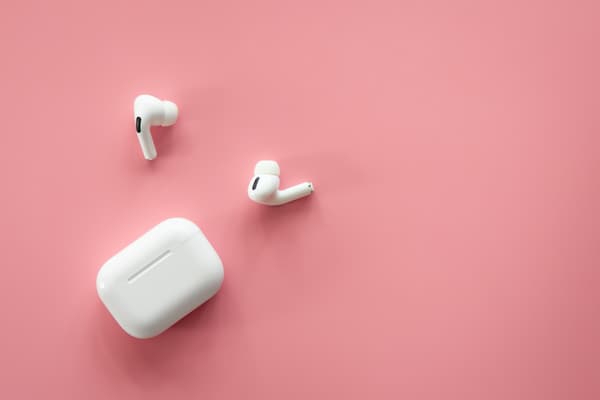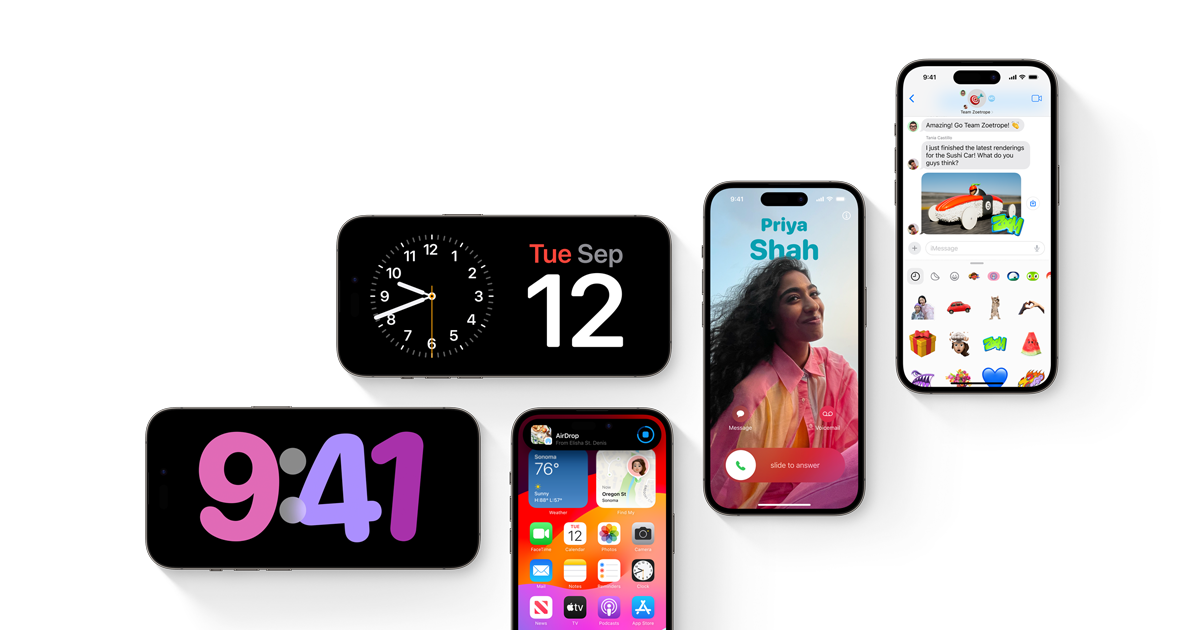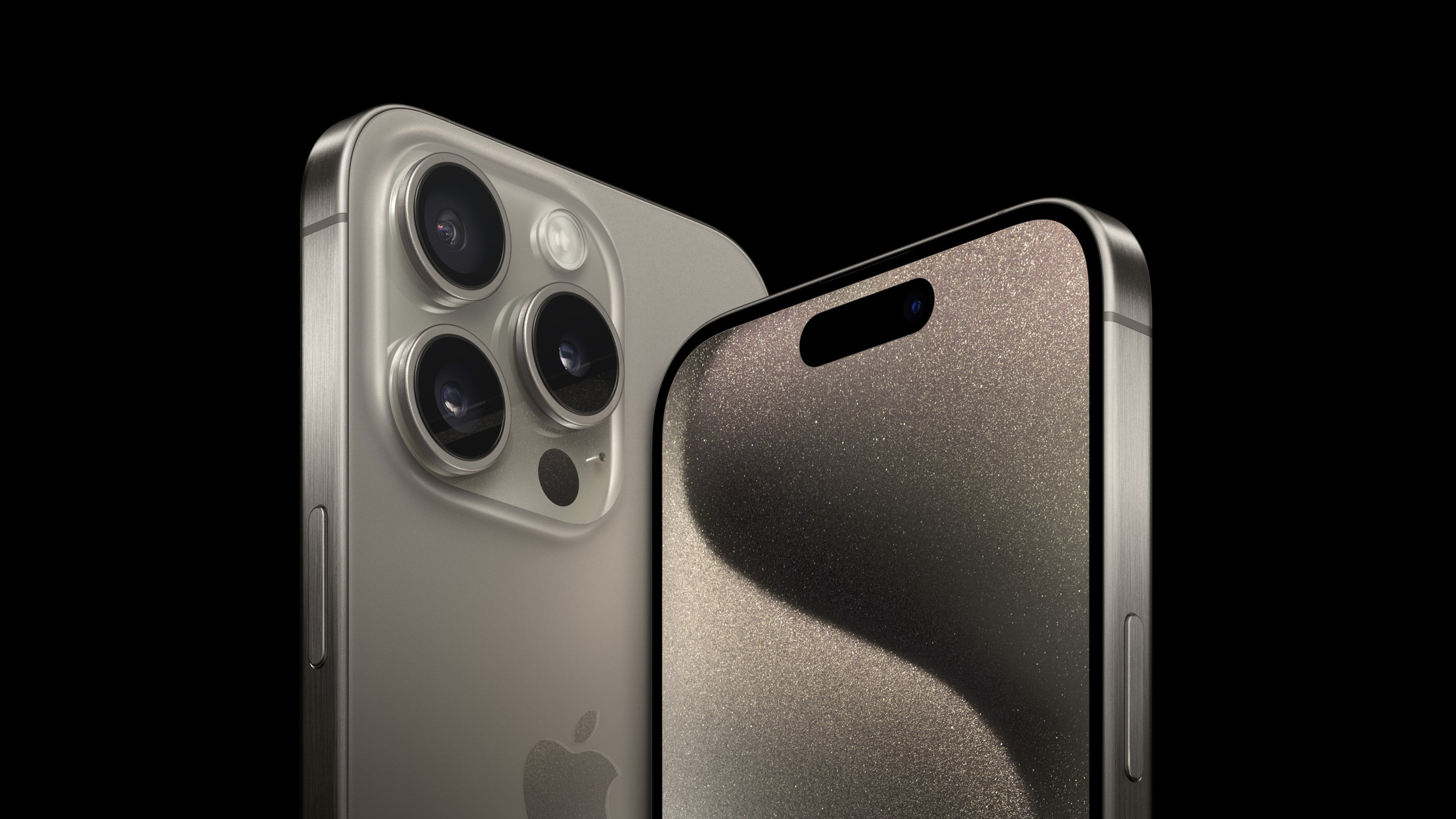YouTube Premium: More Plans on the Horizon, But Do They Hit the Right Note?
3 minutes read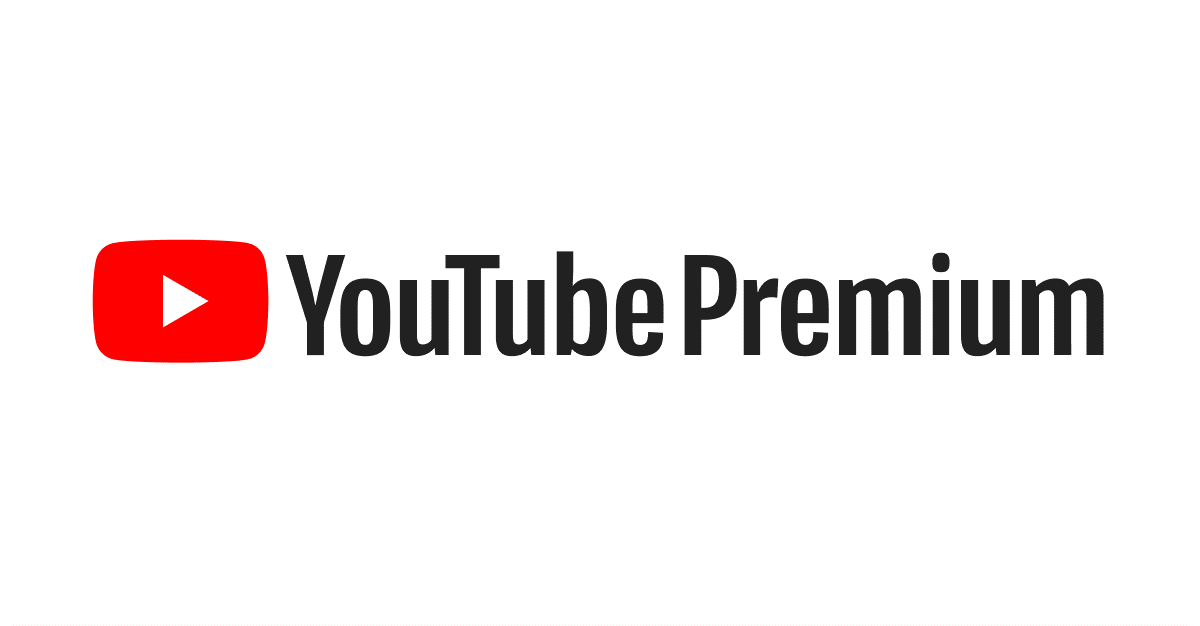
YouTube is rolling out new plans for its Premium subscription service, as announced in a recent community post by a team member named Hazel. The tech giant aims to provide more options and expand its offerings to new regions, with an intriguing promise of sharing benefits with friends in the future. While this sounds like a step in the right direction, is YouTube really addressing the core concerns of its user base?
Currently, YouTube Premium offers three main plans: the Individual plan for Rs. 479 per month, the Family plan for Rs. 899 per month, and the student plan for Rs.329 per month. These plans come with perks like ad-free videos, offline downloads, and ad-free access to YouTube Music. However, there’s a growing discontent among users who feel that YouTube Music is an unnecessary addition that inflates the cost of the subscription.
The majority of YouTube Premium subscribers are not thrilled with the inclusion of YouTube Music. Many already use popular music streaming services like Spotify and Apple Music and see no value in YouTube's offering. Essentially, they feel they are paying extra for a feature they neither need nor want.
Instead, they want a more affordable option that offers ad-free video streaming without the unnecessary addition of YouTube Music. A plan priced around Rs.199 that caters to this demand would likely be a hit. Yet, YouTube seems to be doubling down on bundling services that many users perceive as irrelevant.
However, YouTube is introducing several new features for Premium subscribers. An AI-powered "jump ahead" feature, which has already debuted on Android, will soon be available on iOS. This feature is designed to help users skip to the most relevant parts of a video, potentially enhancing the viewing experience.
Additionally, Premium subscribers on Android will soon be able to watch YouTube Shorts in picture-in-picture mode, a feature already familiar to TikTok users. Other experimental features include automatic offline downloads of Shorts, a conversational AI assistant, and a redesigned watch page on desktop.
While these additions are certainly innovative, they might not be enough to sway the opinions of those who feel that the current subscription plans are overpriced and not tailored to their needs.
The bottom line is that YouTube needs to pay more attention to its audience. Users are not shy about expressing their desire for an ad-free plan at a reasonable price point. Ignoring this demand risks alienating a significant portion of the user base who might otherwise be willing to pay for a service that better meets their needs.
As YouTube continues to develop new plans and features, it’s crucial for the company to strike a balance between innovation and responsiveness to user feedback. The introduction of new plans and sharing benefits is a promising start, but unless YouTube starts listening to what its users actually want, it may find itself struggling to grow its Premium subscriber base.
The success of YouTube Premium will depend not just on the novelty of its features, but on its ability to deliver value that resonates with its audience. Here's hoping YouTube takes this feedback to heart and starts offering a subscription model that truly aligns with what users are asking for.


